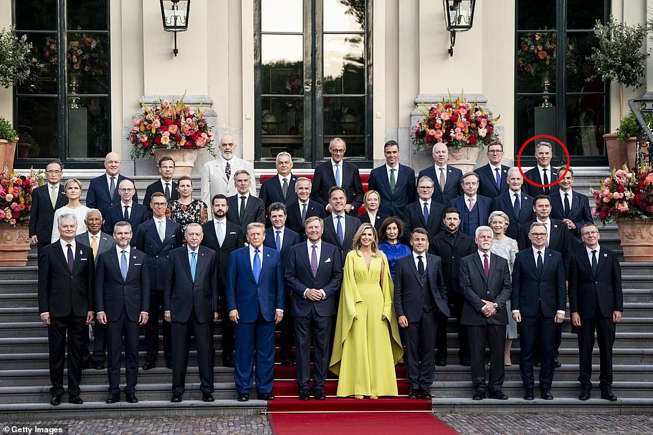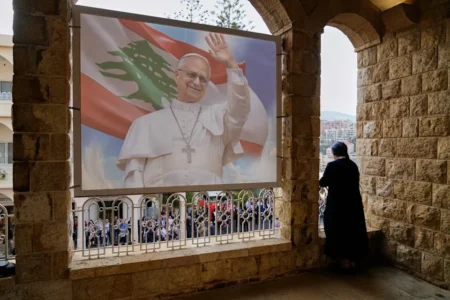A group photo from the NATO summit this week has led to new debate about Australia’s role in world affairs. Deputy Prime Minister and Defence Minister Richard Marles was seen standing at the far edge of the leaders’ photo. This has raised fresh concern that Australia may be losing influence on the global stage.
The NATO meeting took place in The Hague, Netherlands. Member countries came together to discuss global security and military plans. A key result from the talks was a deal to raise defence spending to 5% of GDP over the next ten years. Although Australia is not a NATO member, it often takes part as a partner in global defence talks.
Still, the placement of Marles in the photo has drawn wide attention. Experts, media, and social users have pointed out that such a position often shows how central — or not — a nation is to global planning. In this case, critics say the photo may reflect Australia’s slow progress in building stronger ties with powerful allies.
Photos at major global events, often called “family photos,” are not random. Protocol teams usually decide placement based on factors like rank, importance, and country status in the meeting. While being off to the side doesn’t mean exclusion, it can give off that message to viewers.
Marles attended the event to show Australia’s support for NATO goals. He took part in talks about global defence, China’s role in the Indo-Pacific, and the Ukraine conflict. But the visual message of the group photo has taken the spotlight instead.
Many online users asked why Australia wasn’t placed closer to core allies like the U.S., U.K., or Germany. Some suggested it may be due to Australia’s non-member status. Others believe it may reflect growing doubts among NATO members about Australia’s global defence role.
International policy experts also noted that images can shape public opinion. If Australia seems like an “outsider” in key talks, it could lower its voice in future plans. Analysts suggest this is a warning sign that Australia must strengthen its ties and presence in such high-level meetings.
This moment also comes at a time when Australia is facing big defence and trade challenges. The AUKUS agreement with the U.S. and U.K. was seen as a step forward. It promises advanced military tech and nuclear-powered submarines. But delays and political issues have slowed the progress.
Australia’s location in the Indo-Pacific gives it a key role in managing China’s rise. Still, its influence relies on deep trust from global partners. Standing at the edge of a photo might seem small, but to many, it signals that Australia needs to step up more in global roles.
Marles has not yet made a statement on the photo. However, he has repeated in recent weeks that Australia is committed to supporting its allies and ensuring peace in the region. He also said defence plans are being boosted to meet new global risks.
NATO’s move to raise defence budgets comes as threats from Russia and China continue to grow. Cybersecurity, military tech, and energy security are also major points of focus. These are areas where Australia can and wants to play a stronger role.
Political leaders back home are also watching. Some have called on the government to act faster on defence deals. They say Australia must not only show up at meetings but also lead in action.
The photo may have been just a moment. But it has sparked real questions about how the world sees Australia. It’s a reminder that in global politics, both words and pictures carry weight.
As global power shifts, Australia must work to hold its place at the table. Stronger partnerships, clearer plans, and more action may help the nation avoid being pushed to the sidelines in the future.







